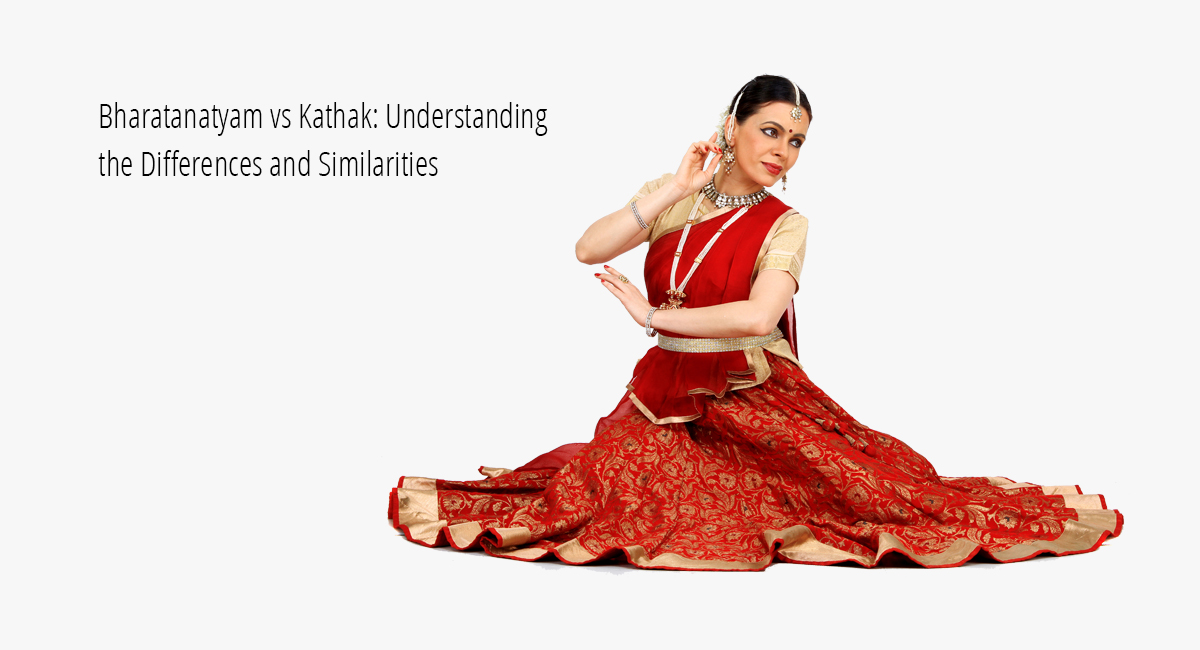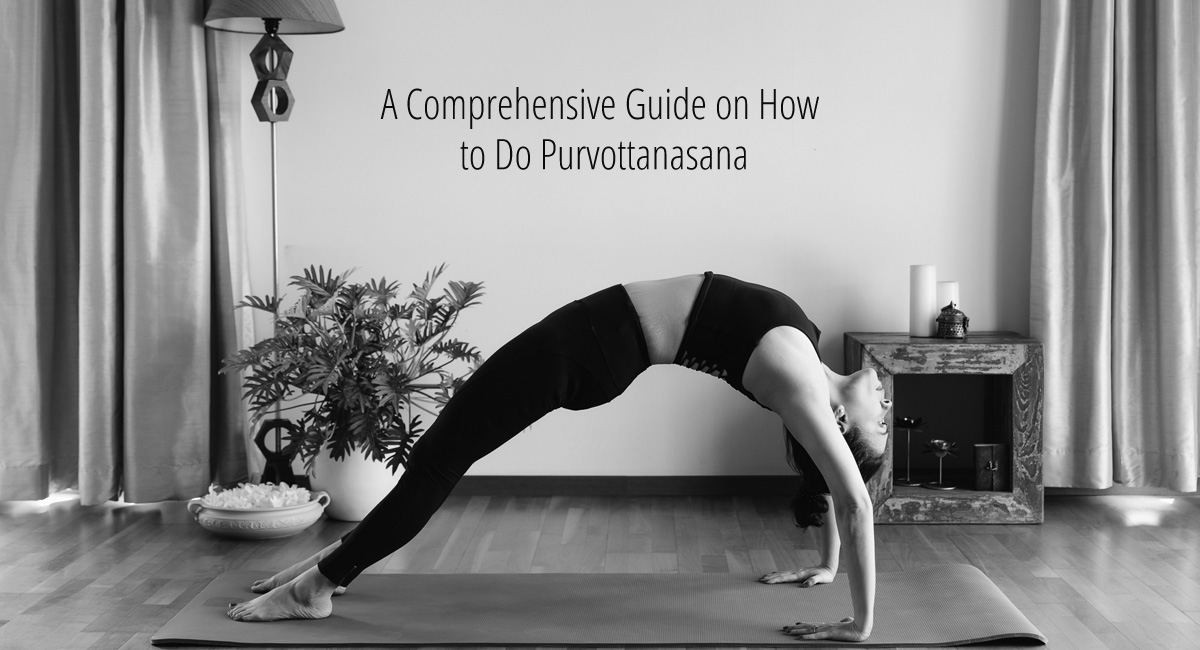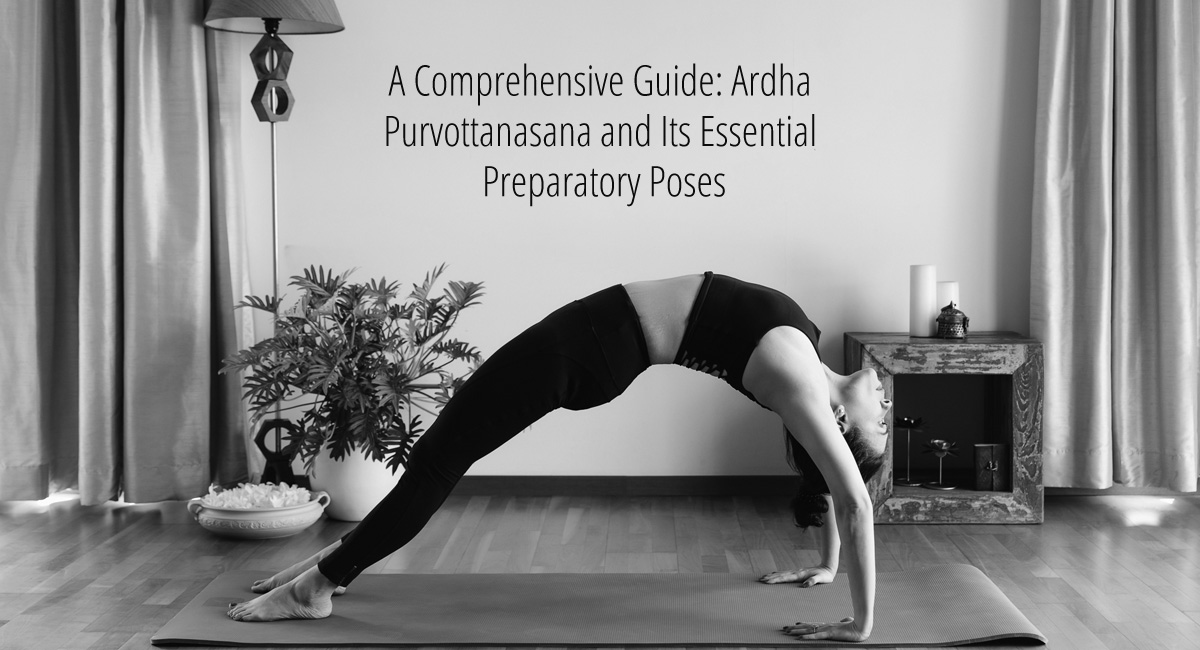
Bharatanatyam vs Kathak: Understanding the Differences and Similarities
Table of Contents
Bharatanatyam and Kathak
Kathak and Bharatanatyam are two of the most prominent classical Indian dance forms. While both have their origins in different regions of India and differ in their styles and techniques, they share a common goal of conveying stories and emotions through dance.
What is Kathak?
Kathak originated in northern India, particularly in the state of Uttar Pradesh. It is characterized by its intricate footwork, fluid body movements, and the use of facial expressions and hand gestures to convey emotions and tell stories. Kathak is often performed to classical Hindustani music and is known for its rhythmic complexity and improvisational style.
What is Bharatanatyam?
Bharatanatyam originated in the southern Indian state of Tamil Nadu and is known for its graceful and sculptural poses, intricate footwork, and expressive facial expressions. The dance form is often accompanied by Carnatic music and is characterized by its emphasis on bhava (expression), raga (melody), and tala (rhythm). Bharatanatyam is also known for its use of mudras, or hand gestures, to convey meaning and emotion.
Differences Between Kathak and Bharatanatyam
Understanding these differences can deepen one’s appreciation for the rich cultural heritage and artistic nuances of each dance form.
| Kathak | Bharatanatyam | |
| Origin | Northern India | Southern India |
| Dance Form | Expressive dance form combining dance and storytelling | Classical Indian dance form |
| Language of Expression | Kathak is primarily based on Hindustani classical music and often incorporates Urdu and Persian poetry | Bharatanatyam is traditionally performed to Carnatic music and often uses Tamil or Sanskrit lyrics |
| Footwork | Extensive footwork and rhythmic patterns are emphasized | Footwork is important, but more focus is given to hand gestures and facial expressions |
| Costume | Kathak dancers typically wear flowing, ankle-length skirts (ghagra) and a blouse (choli), often accompanied by a veil (dupatta) | Bharatanatyam dancers wear a pleated, knee-length skirt (saree) with a fitted blouse |
| Performance Style | Kathak includes intricate spins (chakkars) and fast-paced footwork (tatkars), with dynamic movements and graceful gestures | Bharatanatyam is characterized by precise and geometric movements, elaborate hand gestures (mudras), and intricate facial expressions |
| Rhythm | Kathak is known for its complex rhythmic patterns, with emphasis on improvisation and intricate footwork variations | Bharatanatyam also incorporates rhythmic patterns, but the focus is more on precise execution and synchronization with the music |
| Dance Technique | Kathak combines both tandava (vigorous, masculine) and lasya (graceful, feminine) elements | Bharatanatyam emphasizes lasya, with soft and graceful movements |
| Guru-Shishya Tradition | Kathak has a strong guru-shishya (teacher-disciple) tradition, with an emphasis on personal instruction and lineage | Bharatanatyam also follows the guru-shishya tradition, with students learning from a guru in a structured manner |
| Popular Movements | Kathak features movements like spins (chakkars), rhythmic footwork (tatkars), and storytelling through facial expressions | Bharatanatyam includes movements like adavus (basic steps), intricate hand gestures (mudras), and expressive facial expressions |
1. Bharatanatyam vs Kathak: Origins and History
Kathak originated in northern India, while Bharatanatyam has its roots in the southern Indian state of Tamil Nadu. Kathak has its origins in the storytelling tradition of the wandering bards or kathakars, while Bharatanatyam has its roots in the ancient temple dances of Tamil Nadu.
2. Bharatanatyam vs Kathak: Techniques
Kathak is characterized by its fast footwork, spins, and turns, while Bharatanatyam is known for its precise and graceful movements, especially in the upper body. Kathak incorporates more acrobatic movements and uses a lot of pirouettes, while Bharatanatyam is known for its statuesque poses and intricate hand gestures.
3. Bharatanatyam vs Kathak: Costumes and Makeup
The costumes and makeup worn by Kathak and Bharatanatyam dancers are different. Kathak dancers wear a flowing tunic called a kurta, a fitted churidar, and a dupatta, while Bharatanatyam dancers wear a saree-style dress with pleats and a fitted blouse. The makeup for Kathak is subtle, with emphasis on the eyes, while the makeup for Bharatanatyam is more elaborate, with emphasis on the eyes, lips, and cheeks.
4. Bharatanatyam vs Kathak: Music and Rhythm
Kathak is traditionally performed to Hindustani music, which emphasizes melody and rhythm, while Bharatanatyam is traditionally performed to Carnatic music, which emphasizes melody, rhythm, and improvisation. The rhythms in Kathak are more complex and fast-paced, while Bharatanatyam rhythms are slower and more complex.
5. Bharatanatyam vs Kathak: Cultural Significance
Both Kathak and Bharatanatyam have cultural significance and are associated with specific regions and communities. Kathak has been associated with the Mughal courts and is known for its Persian and Islamic influences, while Bharatanatyam has been associated with the Tamil Brahmin community and is known for its spiritual and religious significance.
6. Bharatanatyam vs Kathak: Training and Education
Kathak and Bharatanatyam require years of rigorous training and education under the guidance of a guru or teacher. Kathak training emphasizes footwork, spins, and turns, while Bharatanatyam training emphasizes postures, hand gestures, and expressions.
7. Bharatanatyam vs Kathak: Benefits for Practitioners
Both Kathak and Bharatanatyam offer several physical and mental benefits to practitioners. Kathak provides cardiovascular benefits, improves coordination, and strengthens the leg muscles, while Bharatanatyam improves flexibility, balance, and posture. Both dance forms also promote emotional expression, self-discipline, and mindfulness.
Similarities Between Kathak and Bharatanatyam
Despite their differences, Kathak and Bharatanatyam share some similarities. Both dance forms are highly expressive and rely heavily on facial expressions, hand gestures, and body postures to convey emotions and tell stories. They both require a great deal of physical stamina, flexibility, and control. Both dance forms also have a rich cultural history and are deeply rooted in the traditions and values of Indian culture.
What is more difficult, Kathak or Bharatanatyam?
It is difficult to compare the difficulty levels of Kathak and Bharatanatyam as they both require years of dedication, practice, and training to master. Both dance forms have their own unique challenges, whether it is the intricate footwork of Kathak or the graceful poses of Bharatanatyam. Ultimately, the difficulty level of each dance form depends on the individual dancer’s strengths and weaknesses.
Is Kathak similar to Bharatanatyam?
While Kathak and Bharatanatyam share some similarities, they are ultimately distinct dance forms with their own unique techniques, styles, and cultural significance. While both dance forms may incorporate elements of storytelling and improvisation, they each have their own distinct rhythms, costumes, makeup, and music.
Conclusion
In conclusion, Kathak and Bharatanatyam are two distinct and beautiful classical Indian dance forms that have captivated audiences for centuries. While they share some similarities, they are ultimately unique in their techniques, cultural significance, and benefits to practitioners. Whether one chooses to pursue Kathak or Bharatanatyam, both dance forms offer a wealth of physical, emotional, and cultural benefits to those who practice them.
More information on this subject is available on the company website for all those interested in gathering more knowledge about it.

I am a Pune based artist, Kathak dancer, Dance Movement Therapist, and an avid Yoga practitioner/ teacher. I am also the Director at the Sakal Media Group, a Trustee of Pune Blind School and Nirdhar Trust.
Being a part of Sakal Media Group, with its strong foundation of service and ethical journalism, I am deeply committed in making this world a better place by pushing boundaries, giving opportunities to others, following my convictions, helping others make better choices and to tell powerful stories that will help reshape the world we live in.





